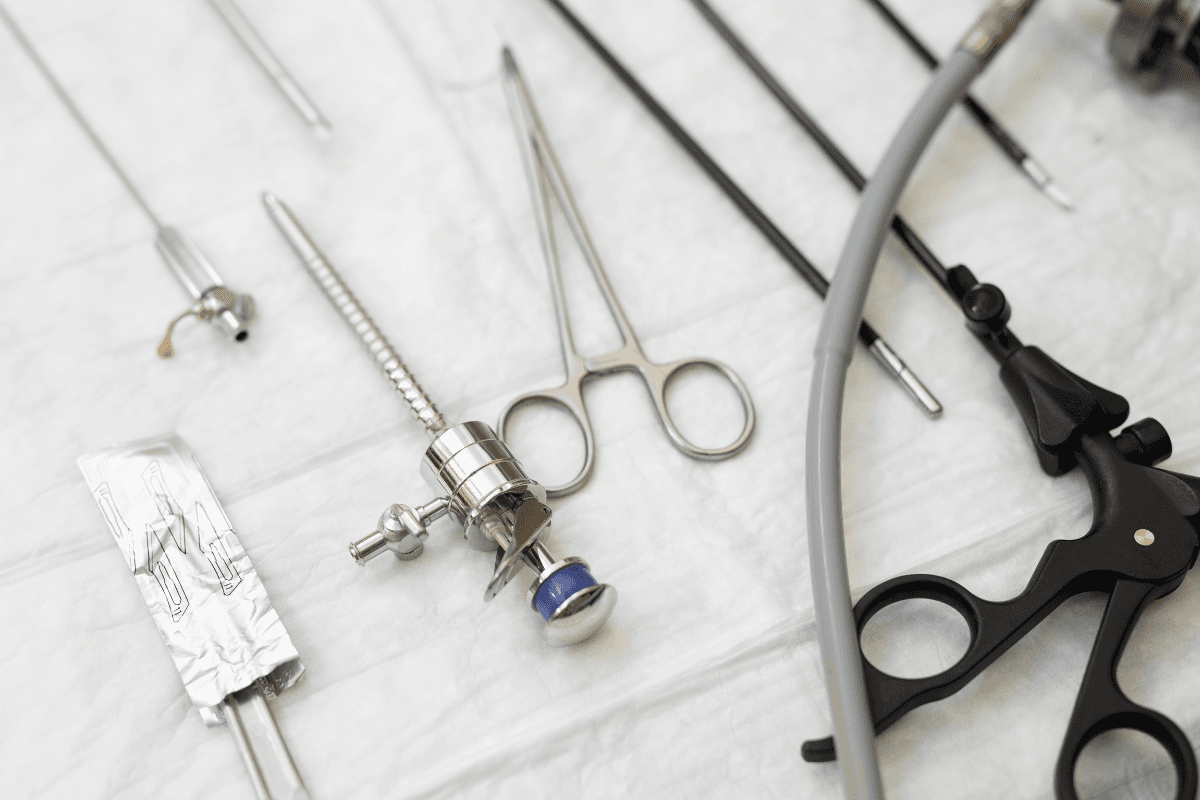In the ever-evolving world of medical technology, laparoscopic devices have marked a significant turning point in surgical procedures. These devices, which have been continuously refined and improved upon over the years, are making it possible for surgeons to perform minimally invasive surgeries with increased precision, reduced recovery times, and fewer post-operative complications. As healthcare pivots towards methods that prioritize patient safety and convenience, laparoscopic devices find themselves at the forefront of this revolution.
What Are Laparoscopic Devices?
For those unfamiliar with the term, laparoscopic devices refer to the instruments used in laparoscopic surgeries, commonly known as "keyhole surgeries." Instead of making large incisions, surgeons use these devices to operate through tiny incisions, typically no larger than a half-inch. This approach results in less scarring, reduced pain, and quicker recoveries.
The key components of a laparoscopic setup include a laparoscope – a slender tool equipped with a camera – and a variety of other instruments tailored for specific surgical tasks.
Benefits of Laparoscopic Surgeries
The are many reasons for the burgeoning popularity of laparoscopic surgeries:
Reduced Recovery Time:
Since the incisions are smaller, patients often experience quicker recovery times than traditional surgeries.
Minimized Scarring:
The smaller incisions lead to fewer visible scars, a factor that many patients appreciate.
Decreased Hospital Stays:
Many laparoscopic procedures allow patients to go home the same day, leading to decreased hospitalization costs and more comfort for the patient.
Less Post-Operative Pain:
Reduced incision sizes often translate to decreased pain and less dependency on pain medications post-surgery.
Challenges and the Future

While laparoscopic devices offer many benefits, they come with challenges. The initial learning curve for surgeons can be steep, demanding extensive training and practice. Moreover, not all surgeries can be performed laparoscopically, and the decision ultimately depends on the surgeon's judgment and the specific needs of the patient.
